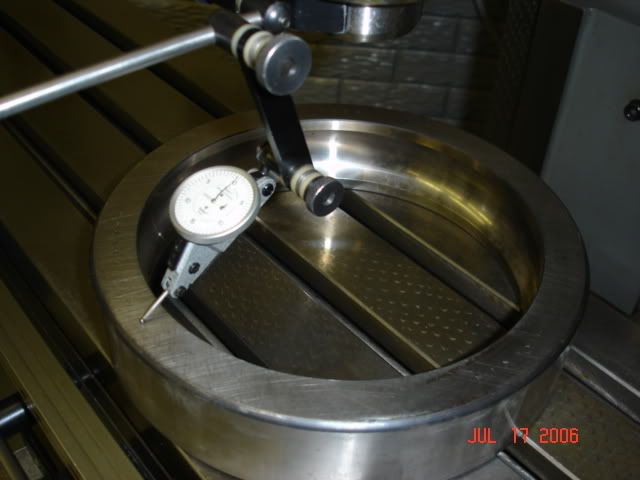Monafly
Aluminum
- Joined
- Mar 16, 2004
- Location
- Philomath, OR USA
Some time ago (and quite possibly some other resource) someone posted some info about tramming a BP head that included the distance to the various pivot points and thus how far to move the head to correct the measured deviation. I can't find that note and rather than reinvent the wheel, thought I'd ask again.




